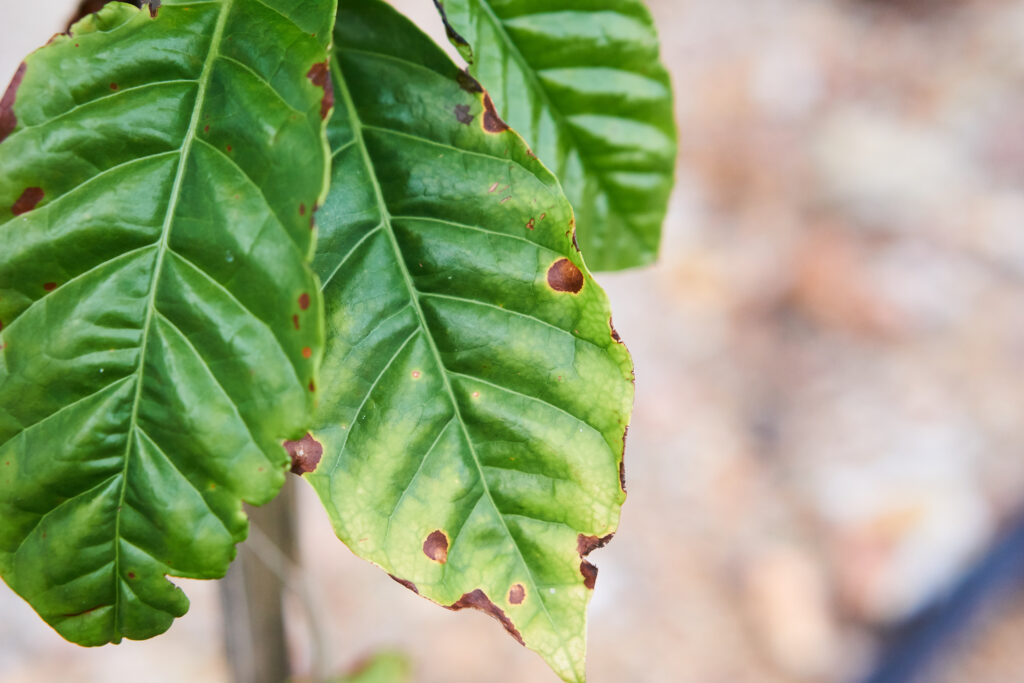 coffee knowledge
coffee knowledge
The coffee plant in detail
Which coffee plants are there? There are over 100 different coffee varieties worldwide. With this amount of varieties its almost incredible that only four of them are taken into account for global coffee production. The familiar Coffea Arabica and Coffea Canephora (Robusta) are the leaders in world production with about 99%. The two exotics Coffea Liberica and Excelsia contribute only 1%.
How sensitive are coffee plants?
Coffee plants in general are very sensitive to the weather. For this reason, they grow mainly around the equator in the so-called “coffee belt”. There, ideal growing conditions prevail without extreme temperatures and very constant humidity. Equally important is sufficient protection from sunlight and little wind. Coffea Arabica is the most sensitive in this respect. It is not to be found below 600m, where many parasites and other dangers threaten. A well-known problem is the so-called “coffee rust”. This is a fungus that can infect up to 80% of a plant (Arabica & Robusta). The prerequisites for this are constant wetness and low temperatures. Especially in winter they are exposed to this danger. If a plantation is infested, the entire harvest is destroyed. Other pests are scale insects, parasites and spider mites. The infestation is favoured by too high humidity, too much water and the wrong location.

The best altitudes for Arabica are between 600 and 2000m. At altitudes above this, however, they are again susceptible to frost damage. The intensity of care, as well as the further distances to the plantation for harvesting, which takes place in mountainous regions, make the Arabica bean expensive. The bushes are also combined with shade trees to protect them from direct sunlight. In comparison, robusta beans, as the name suggests, are extremely resistant to weather and pest infestation. They are found at altitudes below 600m. This results in less effort for care and thus also in a cheaper price, as the plants are easier to reach and harvest at this low altitude.
Nevertheless, Robusta coffee cannot be considered cheap at the same time.
The coffee plants can grow up to 1200m high, unless they are kept shorter, as is common on plantations. Initially, white flowers grow on the branches of a plant due to self-fertilisation (in the case of Coffea Arabica), which fade after a few days, thus allowing the fruit to grow. The raw, unripe cherry is green, turns to yellow during the ripening process and then to a strong red – similar to that of a ripe cherry.







